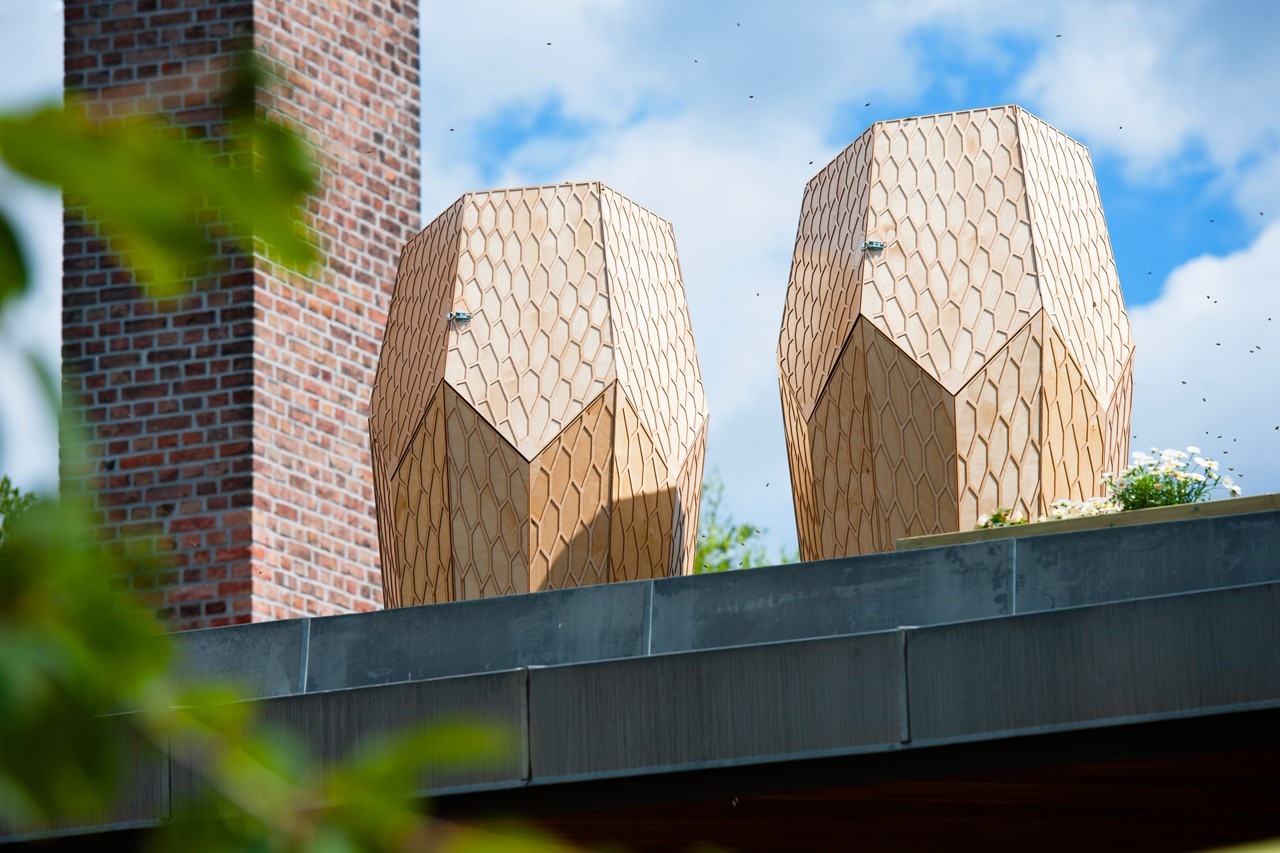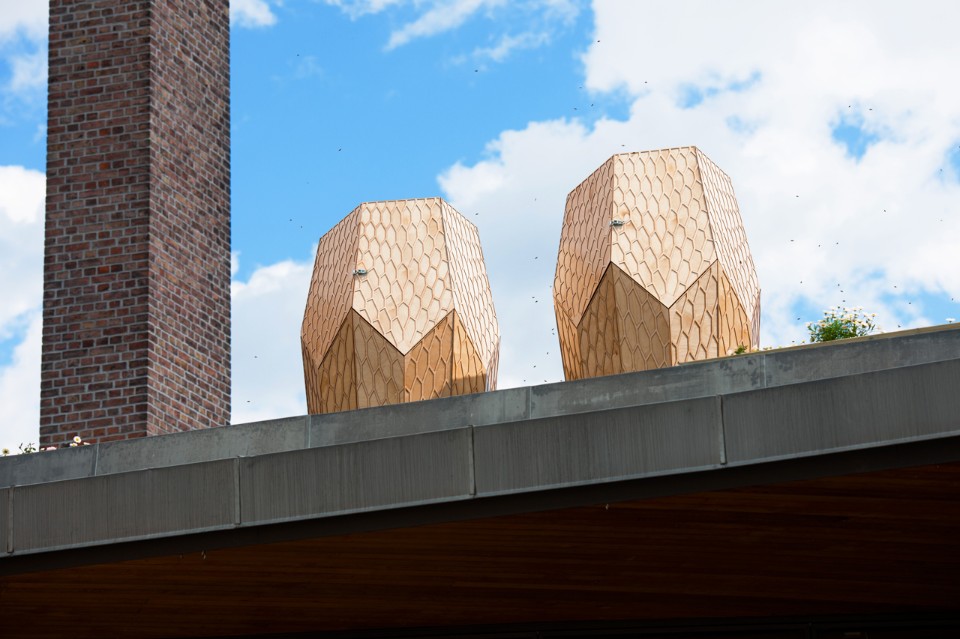The Vulkan Bigård project at Mathallen in Oslo is a partnership between Aspelin Ramm, Scandic, Sparebankstiftelsen DNB, ByBj Birøkterlag, Heier Du Rietz, and Snøhetta.
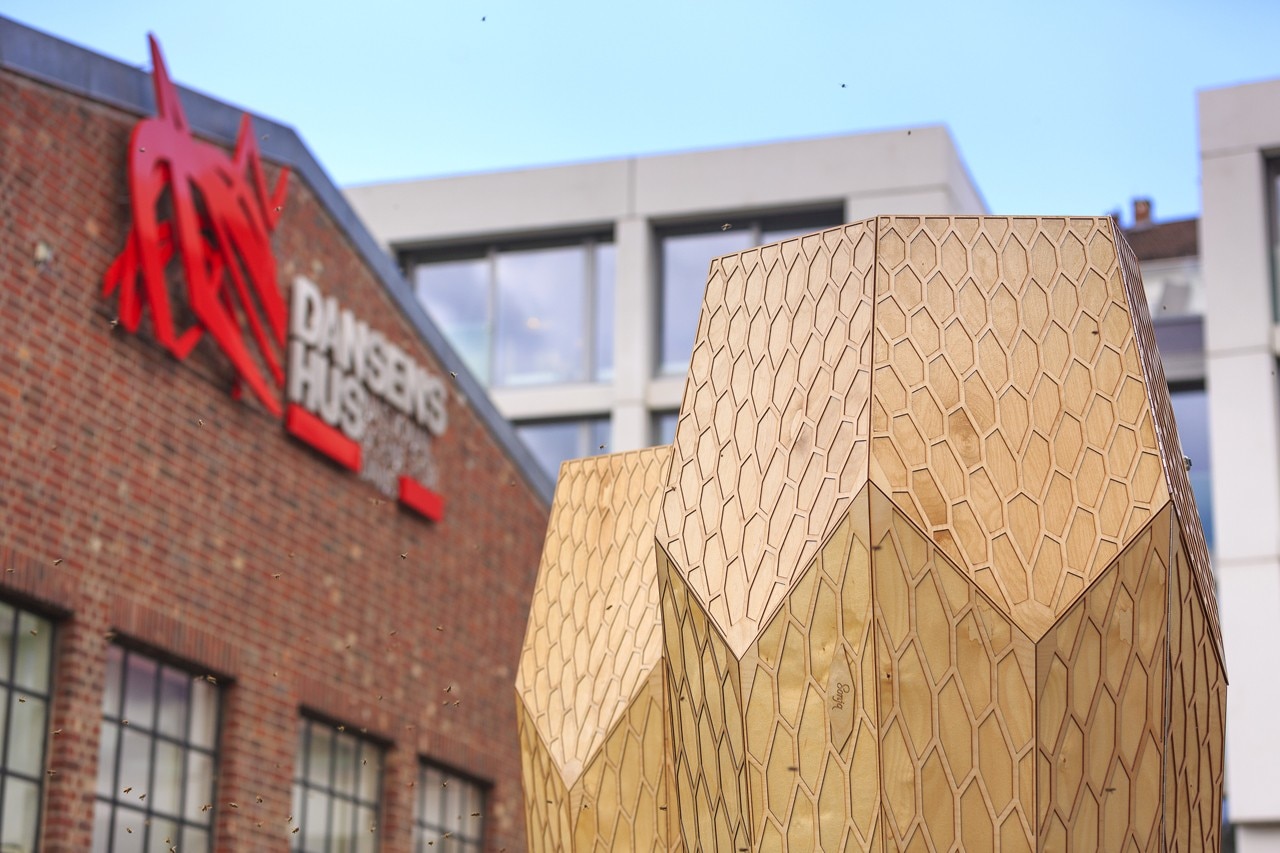
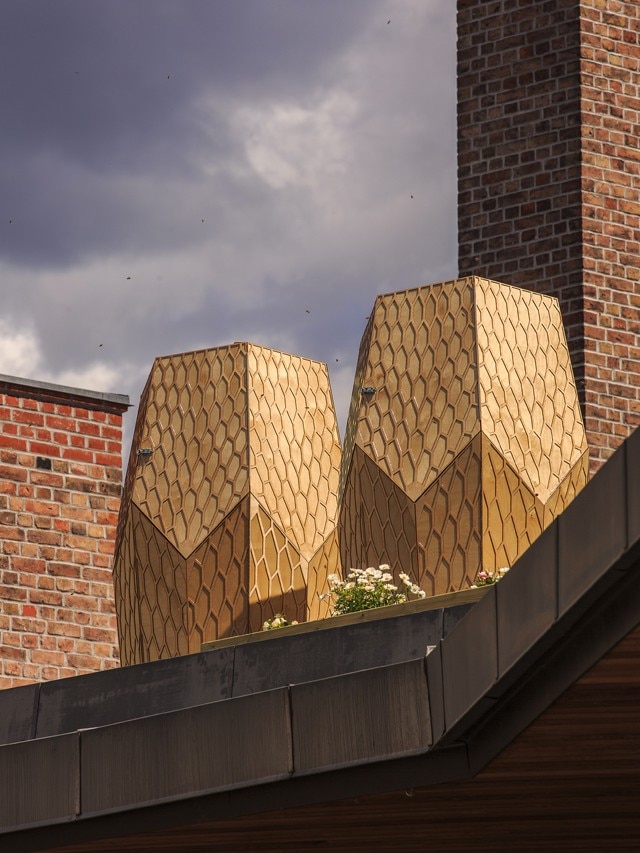
The natural honeycomb geometry was the inspiration for the form and pattern. Having two intersecting hexagonal volumes to create the form, which were then adjusted in height and width to fit with the need of the beekeeper. Using a light colored wood with a finish that is honey in tone was also a relationship that Snøhetta wanted to create and present.
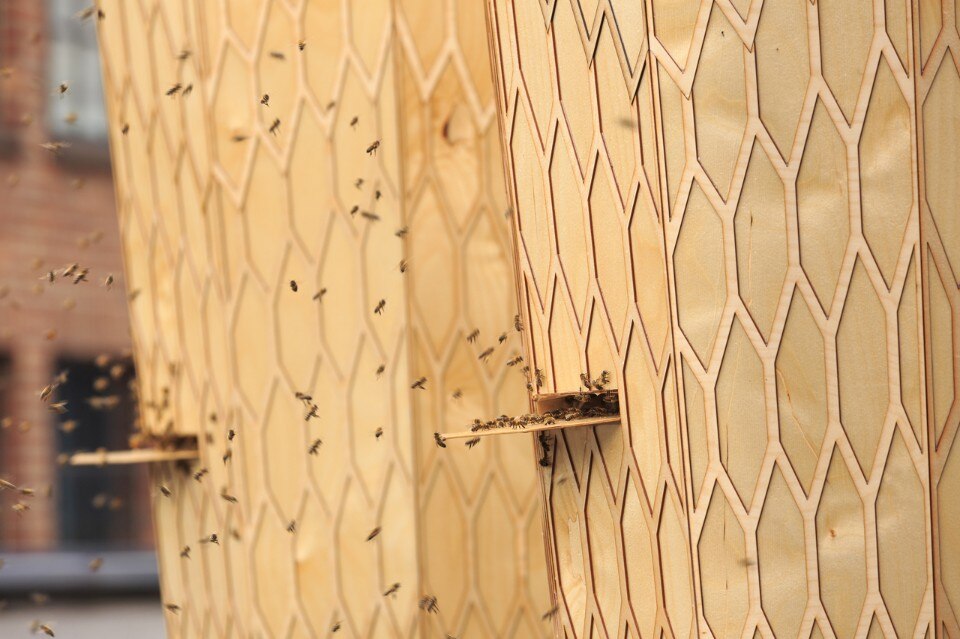
 View gallery
View gallery

Sparebankstiftelsen DNB - Bikuber paÌ Vulkan 25062014
Snøhetta, Vulkan Bigård, Mathallen, Oslo. Photo © Morten Brakestad
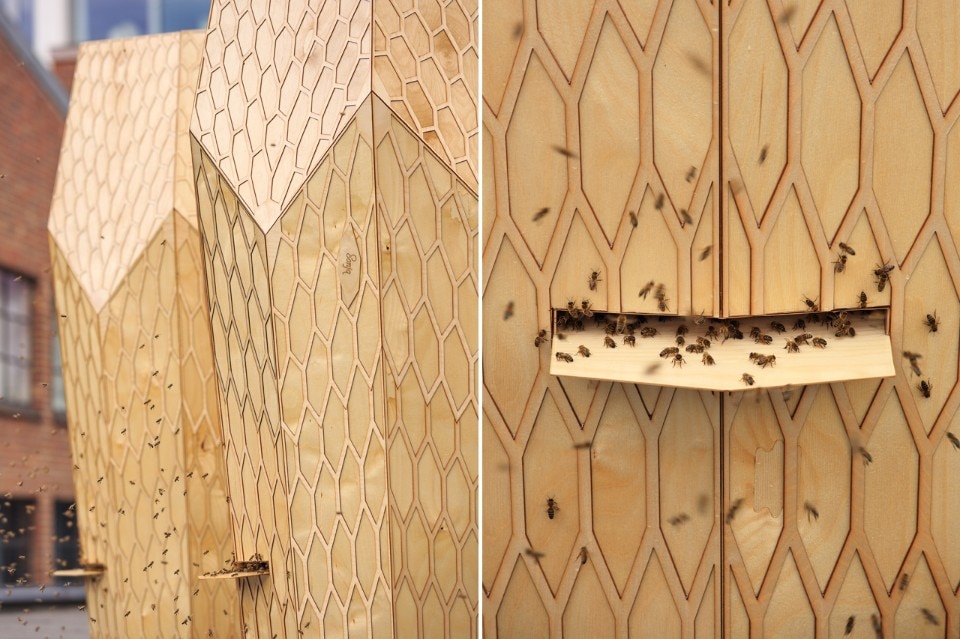
Sparebankstiftelsen DNB - Bikuber paÌ Vulkan 25062014
Snøhetta, Vulkan Bigård, Mathallen, Oslo. Photo © Morten Brakestad
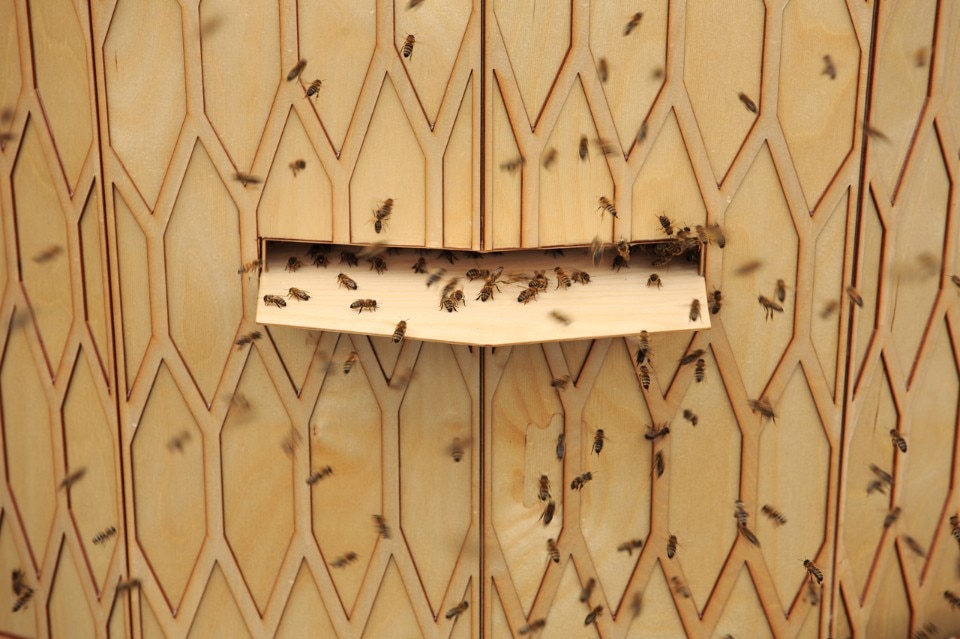
Sparebankstiftelsen DNB - Bikuber paÌ Vulkan 25062014
Snøhetta, Vulkan Bigård, Mathallen, Oslo. Photo © Morten Brakestad
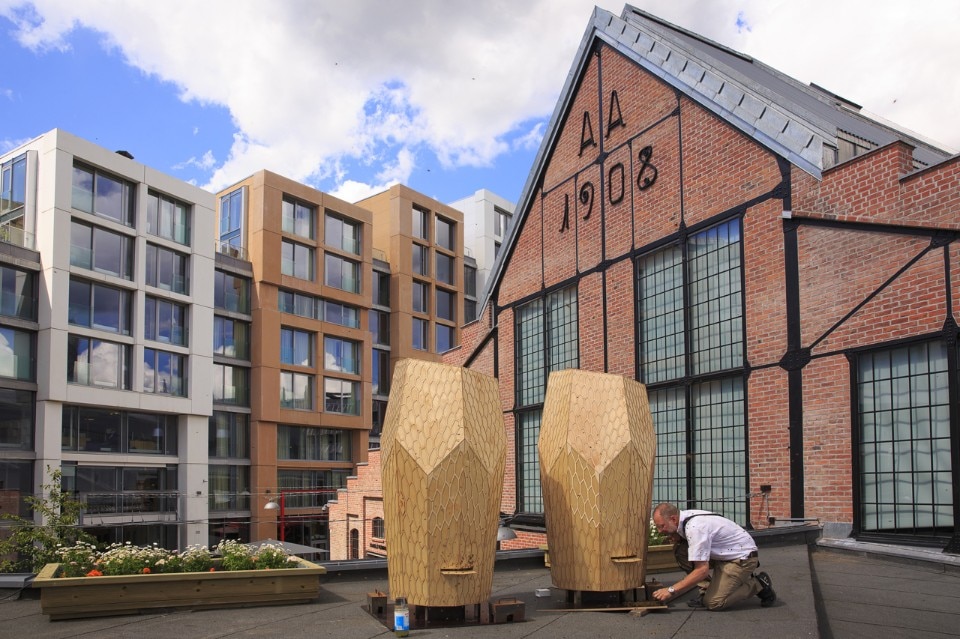
Sparebankstiftelsen DNB - Bikuber paÌ Vulkan 25062014
Snøhetta, Vulkan Bigård, Mathallen, Oslo. Photo © Morten Brakestad
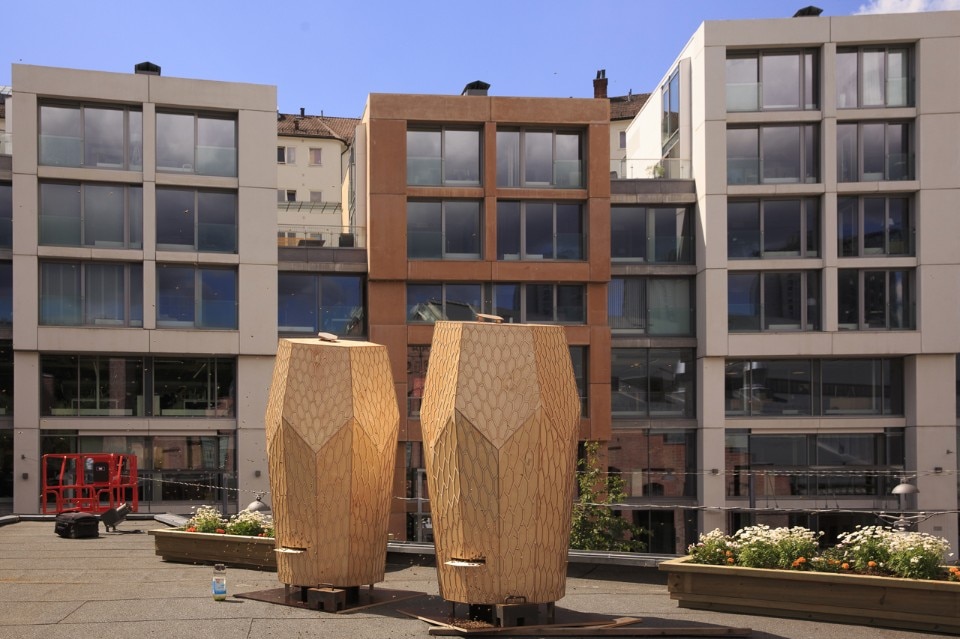
Sparebankstiftelsen DNB - Bikuber paÌ Vulkan 25062014
Snøhetta, Vulkan Bigård, Mathallen, Oslo. Photo © Morten Brakestad
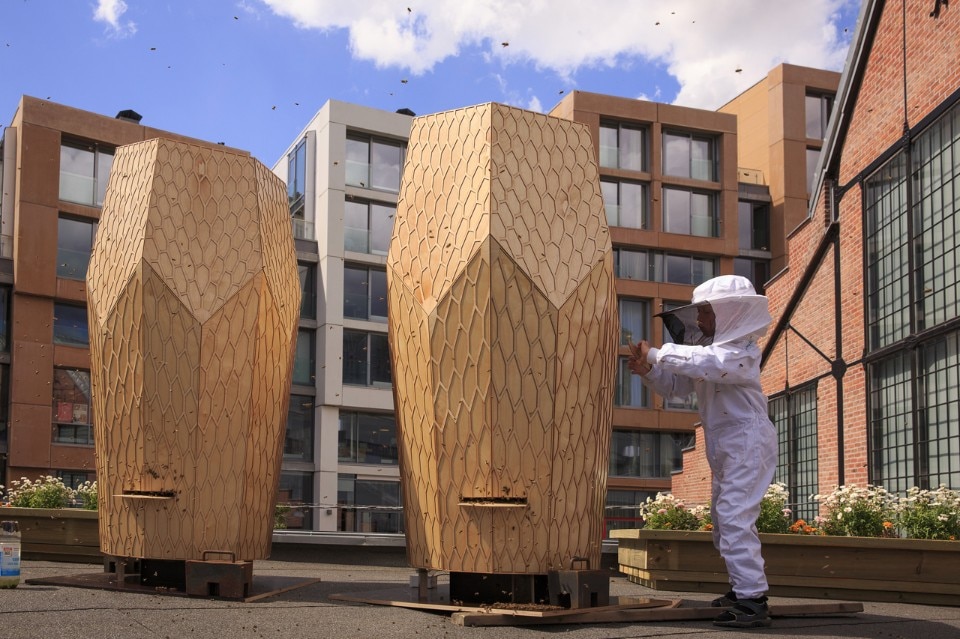
Sparebankstiftelsen DNB - Bikuber paÌ Vulkan 25062014
Snøhetta, Vulkan Bigård, Mathallen, Oslo. Photo © Morten Brakestad
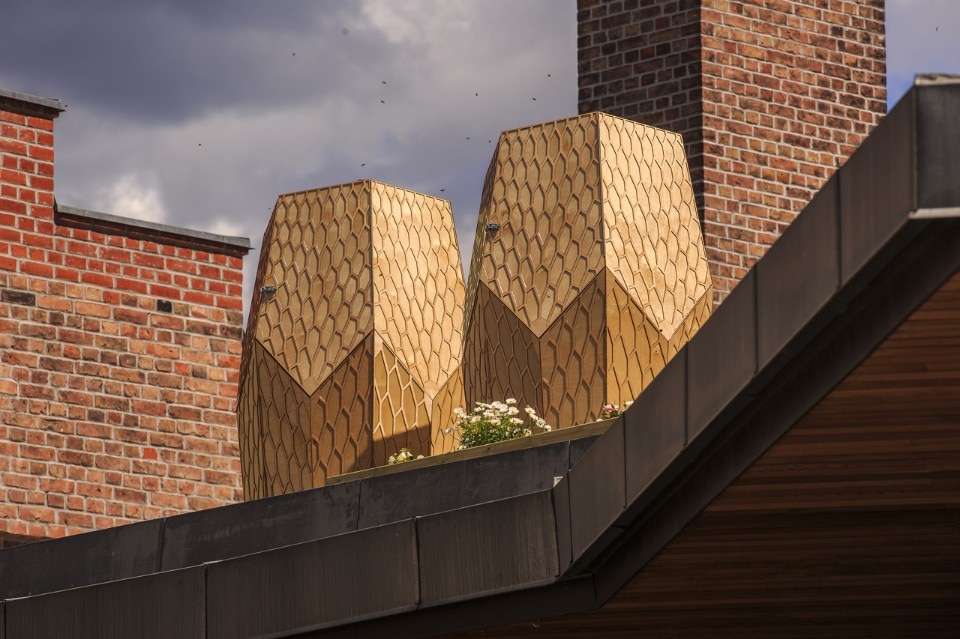
Sparebankstiftelsen DNB - Bikuber paÌ Vulkan 25062014
Snøhetta, Vulkan Bigård, Mathallen, Oslo. Photo © Morten Brakestad
Vulkan Bigård, Mathallen, Oslo
Design: Snøhetta
Completion: 2014

